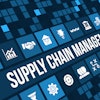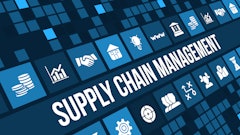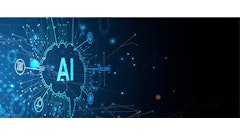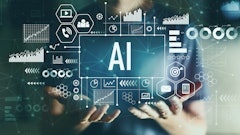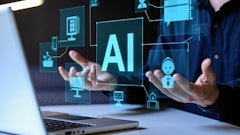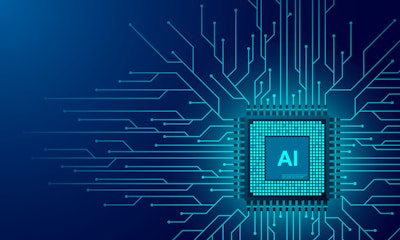
Today, we’re in the age of exploration, AI-style. Hundreds of years ago, as shipbuilding technology improved, explorers continued to push the boundaries of the known world, venturing further and further with each voyage. At the edge of the map, beyond which lay the unknown, they would write, “here be dragons.”
Today’s GenAI exploration similarly has reached the fuzzy border of the unknown. Every week there are new use cases for how GenAI can work to solve a problem or bottleneck – one that one discovered by boldly sailing into the “seas of dragons” -- without a map to guide them.
To help B2B businesses discover new ways to use GenAI to accelerate their businesses, one hundred leaders from B2B manufacturers and suppliers were surveyed and the results highlighted some potent use cases that B2B leaders are already rapidly adopting as well as some surprising challenges.
The research uncovered some stark realities and clear trends: 81% of B2B leaders are already using GenAI in their workplaces, with the three largest use cases being automating tasks, analyzing data, and enhancing decision-making.
One of the key roadblocks discovered was implementation; 63% of B2B leaders said that integrating GenAI into existing systems was proving difficult. While B2B leaders have been using traditional AI in demand forecasting, risk management, and supply chain visibility for years, transitioning from traditional AI to GenAI has proven to be a challenge.
At first glance, the readily available answer would be tech challenges; adopting new programs always comes with hiccups. But there is a deeper, more fundamental reason that leaders are struggling to transition to GenAI – and it has to do with this perilous navigation of the unknown.
Traditional AI: Safety in Limitations
Traditional AI is predictive. Once it is trained on data, it makes a prediction based on the inputs it is provided. If provided a model with reams of weather data, it could predict whether product shipments will be delayed or arrive on time. These AI solutions are beneficial but limited. They do one task. When you chain lots of these AI solutions together, you can effectively increase the efficiency of your supply chain.
They’re WYSISWYG: what you see is what you get. We know what these tools do, and we know how to use them. Generative AI is a different beast altogether.
Moving Beyond Surface-Level GenAI Use
When GenAI burst onto the scene, it quickly made headlines for being able to craft content on demand. Images, essays, music, even video clips. Businesses quickly seized on this technology, using it to cut down on busy work – just like traditional AI had cut down on tedious data analysis in the past. However, moving beyond the surface-level use of GenAI is where challenges arise.
Deloitte’s recent report on supply chain resilience examined this challenge. What they found was that existing risk management has an abundance of AI and tech-enabled optimizations, but still relies on a heavy load of “human in the loop” analysis and strategy that slows the process down. As an example, a traditional AI system may alert a company to an upcoming supply chain disrupting storm, but then the employees will need to manually come up with an alternative by combing through different suppliers, implementing new logistics, and executing a new strategy.
GenAI can augment this process. Instead of simply alerting a company to an upcoming disruption, a GenAI chatbot can interact with an employee, responding to questions such as, “how big of a disruption will this be?” “Do we have alternate suppliers we can use?” “Please design us a new delivery route.” This future sounds incredible – fantastical even. You’d be forgiven for asking, “can GenAI even do that?”
Layering AI with GenAI for Maximum Benefit
EY and HFS research commissioned a recent report on Supply Chain Automation. They focused on organizations they deemed “front-runners,” those businesses that were adopting GenAI tech faster than others. These front-runners were using GenAI in union with existing traditional AI, with one respondent describing it as “layering GenAI” on top of their supply chain tech.
This makes sense. To reduce this fearful limitlessness, start additively. Build new tech on top of existing tech, expanding your scope with purpose. Layer GenAI on top of traditional demand forecasting to generate actionable reports and decision-making recommendations. Add a GenAI chatbot to predictive maintenance AI to generate custom maintenance plans replete with product sourcing recommendations.
The limits of GenAI, like a voyage in the age of exploration, feel undefined. But this lack of limitation can be, in itself, prohibitive. Fear of the unknown can set in. To combat this, simply build on what you know. Voyage incrementally from the known to unknown to expand your horizons and chase away the “AI dragons.” By building additively, you can enact real change that will increase supply chain resiliency while providing a solid GenAI base from which you can expand.


